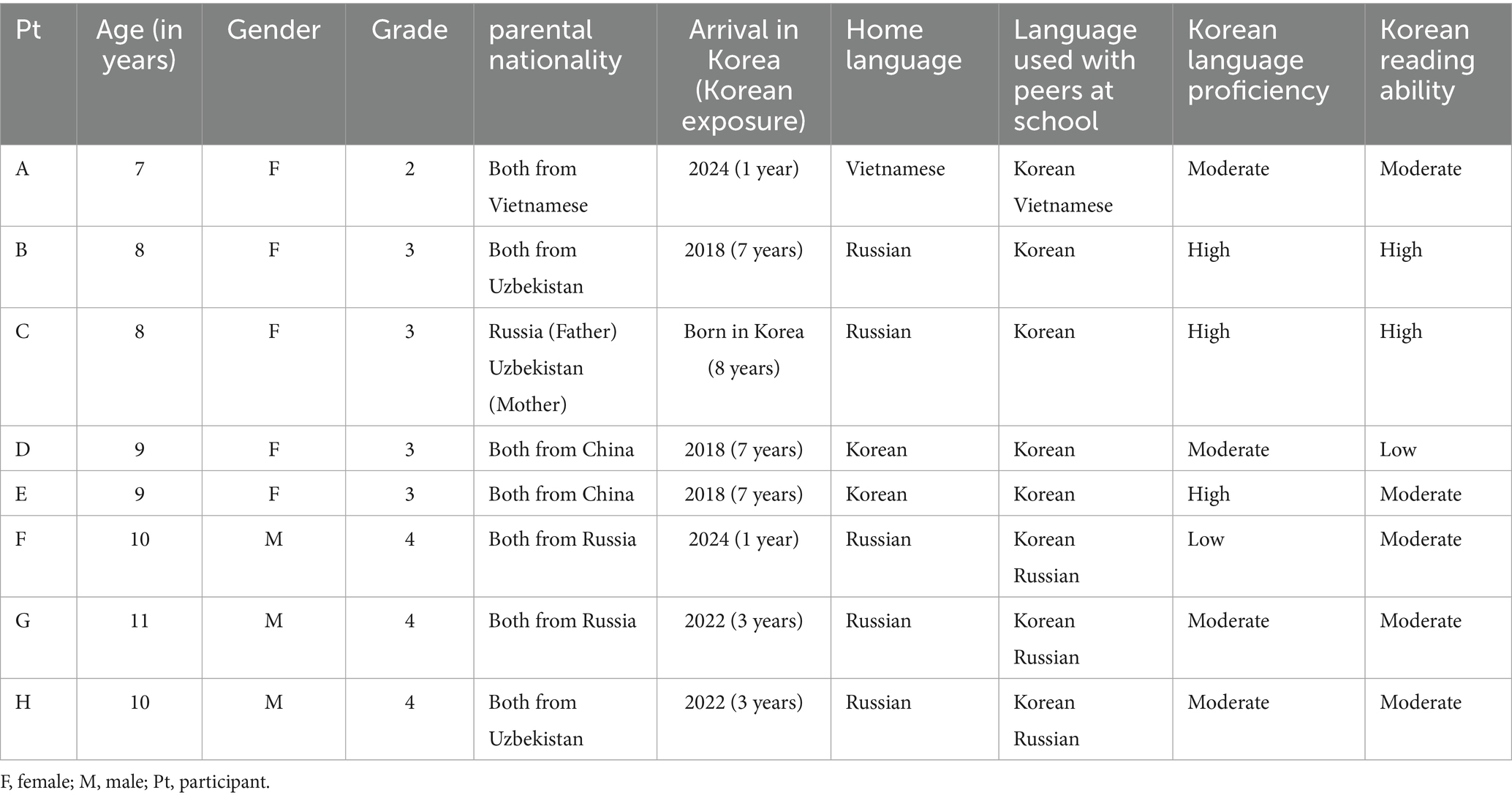Film “Multiple Choice” Highlights Educational Models for Sustainable Development
Introduction
A new film, “Multiple Choice,” documents an innovative educational approach at the Innovation Center at Handley High School. The film examines a hybrid model that integrates traditional academics with vocational and technical training, showcasing a pathway toward achieving several key Sustainable Development Goals (SDGs).
Alignment with SDG 4: Quality Education
The educational model presented in the film directly supports the objectives of SDG 4 by promoting inclusive, equitable, and relevant learning experiences. The program ensures that students acquire skills vital for future success.
- Enhancing Relevant Skills (Target 4.4): The curriculum provides hands-on training in trades such as welding, carpentry, electrical work, and cyber-security, equipping youth with technical and vocational skills for employment and entrepreneurship.
- Promoting Lifelong Learning and Engagement: By offering practical, engaging activities, the model combats student disengagement. It fosters autonomy and excitement in learning, which is crucial for developing lifelong learners.
- Ensuring Inclusivity and Equity (Target 4.5): The program integrates all students in both academic and vocational tracks, ensuring that every student has access to a well-rounded education that prepares them for diverse career paths, including higher education.
Contribution to SDG 8: Decent Work and Economic Growth
The film emphasizes the importance of preparing students for a changing labor market, a core component of SDG 8. The skills taught are positioned as resilient to automation and artificial intelligence, fostering sustainable economic growth through a capable workforce.
- Future-Proofing Employment: Training in physical trades like welding and carpentry provides skills for jobs that are difficult to automate, ensuring long-term career viability.
- Developing an Adaptable Workforce (Target 8.5): The program cultivates essential soft skills, such as collaboration and adaptability, which are critical for navigating future career transitions and contributing to productive employment.
- Reducing Youth Unemployment (Target 8.6): By providing clear pathways to in-demand jobs, this educational model directly addresses the challenge of youth not in employment, education, or training (NEET).
Fostering Innovation and Reducing Inequalities (SDG 9 & SDG 10)
The report highlights that the societal implications of this integrated educational model extend to fostering innovation (SDG 9) and reducing systemic inequalities (SDG 10).
- Reducing Societal Divides (SDG 10): The filmmaker posits that by avoiding the early separation of students into “thinker” and “doer” tracks, the model helps dismantle cultural divisions and promotes a more cohesive and equitable society.
- Building Resilient Infrastructure (SDG 9): The vocational skills taught, including those for electricians and carpenters, are fundamental to developing and maintaining the quality, reliable, and sustainable infrastructure essential for community well-being.
- Promoting Holistic Human Development: The approach recognizes that both intellectual and practical skills are integral to personal development, leading to more well-rounded individuals who can contribute effectively to society.
Conclusion and Dissemination Strategy
The film “Multiple Choice” serves as a report on a successful educational innovation that aligns with global sustainability objectives. It argues that integrated learning is critical for individual fulfillment and societal progress. The producers are promoting this message through community screenings, aiming to spark conversations and encourage the adoption of similar models that support the Sustainable Development Goals.
Analysis of the Article in Relation to Sustainable Development Goals
1. Which SDGs are addressed or connected to the issues highlighted in the article?
SDG 4: Quality Education
The article’s central theme is a hybrid educational model that integrates vocational and academic learning. This directly addresses the goal of ensuring inclusive and equitable quality education. The school’s approach, which offers training in trades like welding and carpentry alongside traditional academics, aims to provide a more engaging, relevant, and well-rounded education for all students, as highlighted by the filmmaker’s observation that “students seemed happy. They had autonomy. They were excited about what they were learning.”
SDG 8: Decent Work and Economic Growth
The article connects the educational program to future employment prospects. It emphasizes providing students with practical skills for jobs that are less likely to be replaced by artificial intelligence, such as welding, carpentry, and nursing. The text states, “Email jobs, spreadsheet jobs, those jobs are going to change quite dramatically with AI,” but skills involving “physical engagement with the real world” will remain valuable. This focus on preparing students for stable, skilled employment contributes to the goal of promoting sustained, inclusive economic growth and decent work for all.
SDG 10: Reduced Inequalities
The article touches upon reducing inequalities by challenging the traditional separation of students into academic and vocational tracks. The filmmaker, Charles Haine, explicitly critiques this division: “so much of it starts so early – where we start tracking people in different directions, and we start saying: You’re going to go fix stuff… and you’re a thinker… and it’s like, well actually no.” By ensuring that “everyone spends time learning trades,” the school promotes a more equitable system where all students have the opportunity to develop a diverse set of skills, breaking down societal and economic inequalities that arise from early educational tracking.
2. What specific targets under those SDGs can be identified based on the article’s content?
SDG 4: Quality Education
- Target 4.3: By 2030, ensure equal access for all women and men to affordable and quality technical, vocational and tertiary education, including university.
The article describes a high school program that provides quality technical and vocational training to all its students, which is a foundational step toward achieving this target at the secondary level.
- Target 4.4: By 2030, substantially increase the number of youth and adults who have relevant skills, including technical and vocational skills, for employment, decent jobs and entrepreneurship.
The Innovation Center at Handley High directly addresses this target by offering training for “emergency medical technicians and nurses, electricians, firefighters, carpenters and cyber-security experts,” which are all relevant skills for employment.
SDG 8: Decent Work and Economic Growth
- Target 8.6: By 2030, substantially reduce the proportion of youth not in employment, education or training.
The article suggests the hybrid model makes school less “cripplingly boring” and keeps students engaged, which is a key strategy to prevent them from dropping out of education or training and becoming unemployed.
SDG 10: Reduced Inequalities
- Target 10.3: Ensure equal opportunity and reduce inequalities of outcome, including by eliminating discriminatory laws, policies and practices and promoting appropriate legislation, policies and action in this regard.
The school’s policy that “everyone spends time learning trades” is a direct action to ensure equal opportunity, countering the practice of tracking students that the filmmaker identifies as a source of cultural division and inequality.
3. Are there any indicators mentioned or implied in the article that can be used to measure progress towards the identified targets?
SDG 4: Quality Education
- Indicator for Target 4.4: The article implies the “proportion of youth and adults with information and communications technology (ICT) skills” and other vocational skills. The specific mention of training for “cyber-security experts,” “welders,” “carpenters,” and “electricians” provides concrete examples of the skills being taught. Progress could be measured by the number of students completing these training programs.
SDG 8: Decent Work and Economic Growth
- Indicator for Target 8.6: The article implies the “proportion of youth (aged 15-24 years) not in education, employment or training.” The program’s success in making school engaging and exciting for students, who “seemed happy” and had “autonomy,” suggests a way to measure progress would be through student engagement rates, attendance, and graduation rates, which are precursors to reducing the number of youth not in education or employment.
SDG 10: Reduced Inequalities
- Indicator for Target 10.3: While no official indicator fits perfectly, a relevant metric implied by the article is the “participation rate of all students in vocational training, regardless of academic focus.” The statement that “everyone spends time learning trades” and that students “still complete all academic requirements” points to a universal participation model that could be measured to track the reduction of inequality between educational tracks.
4. Table of SDGs, Targets, and Indicators
| SDGs | Targets | Indicators |
|---|---|---|
| SDG 4: Quality Education | 4.4 Increase the number of youth and adults who have relevant skills, including technical and vocational skills, for employment. | The number and proportion of students acquiring specific vocational skills such as welding, carpentry, nursing, and cyber-security. |
| SDG 8: Decent Work and Economic Growth | 8.6 Substantially reduce the proportion of youth not in employment, education or training. | Student engagement and graduation rates from hybrid programs, as the article suggests this model makes school less “boring” and more engaging for students. |
| SDG 10: Reduced Inequalities | 10.3 Ensure equal opportunity and reduce inequalities of outcome. | The participation rate of all students in vocational training, reflecting the school’s policy that “everyone spends time learning trades” to avoid early educational tracking. |
Source: wvtf.org







